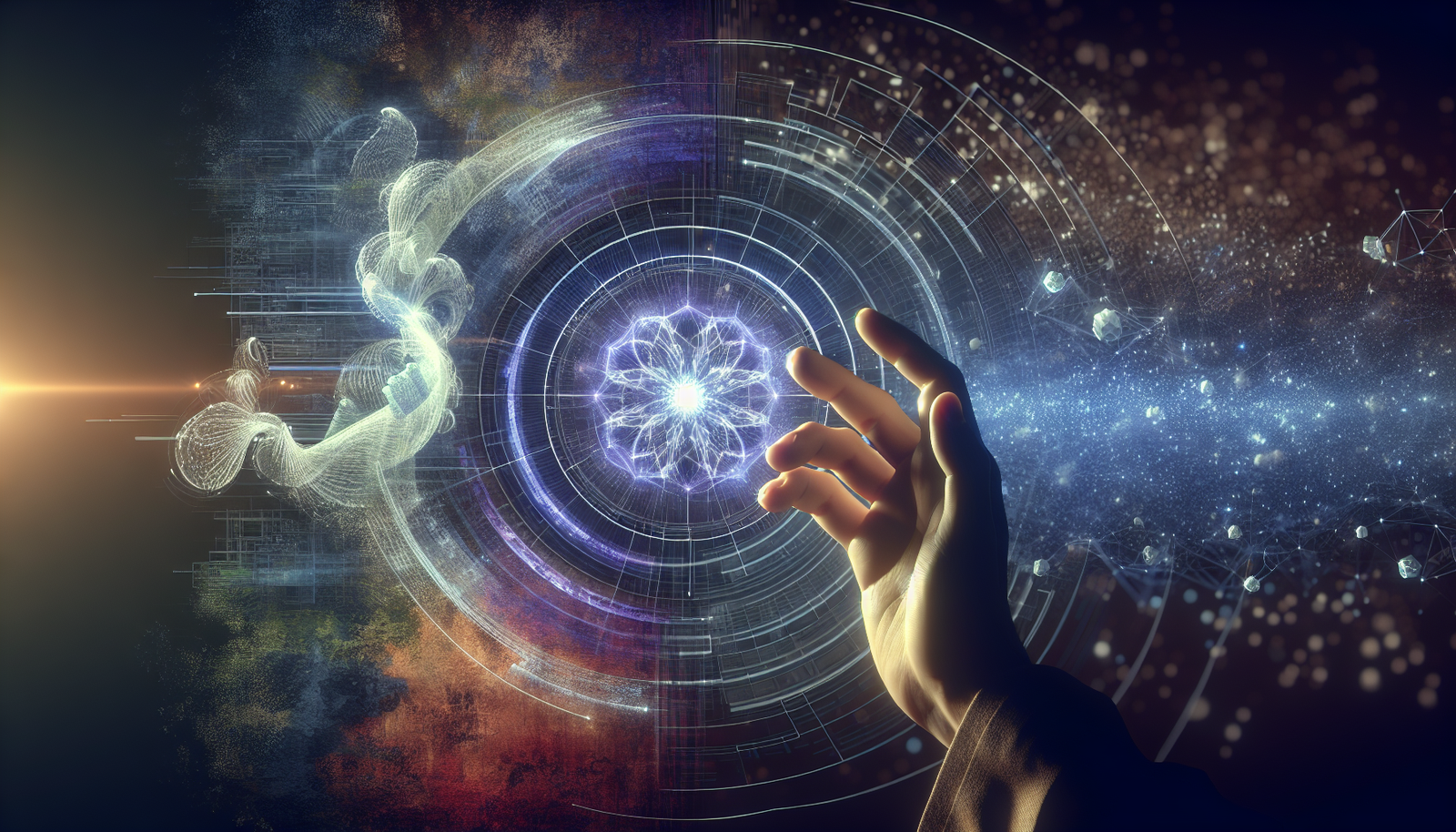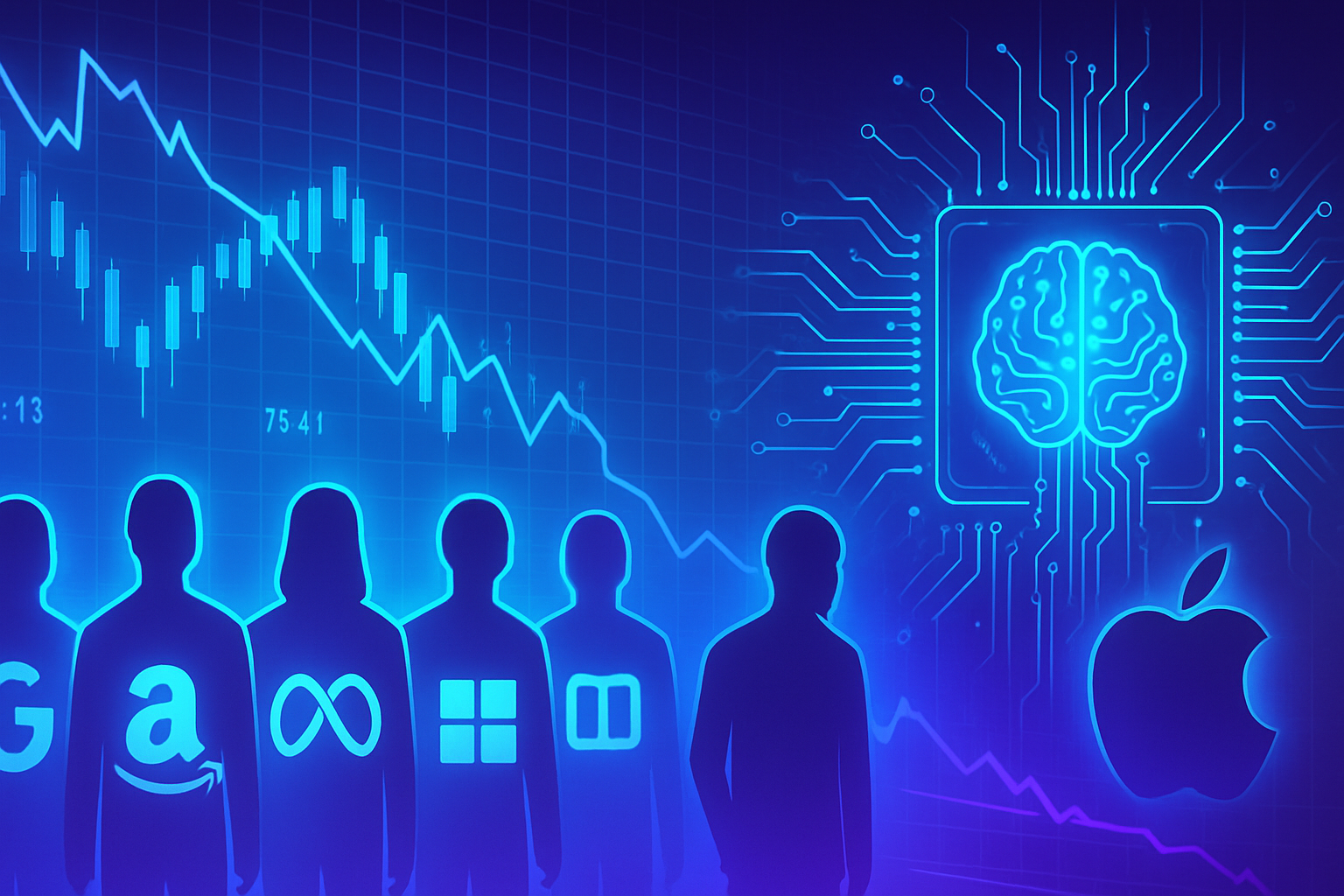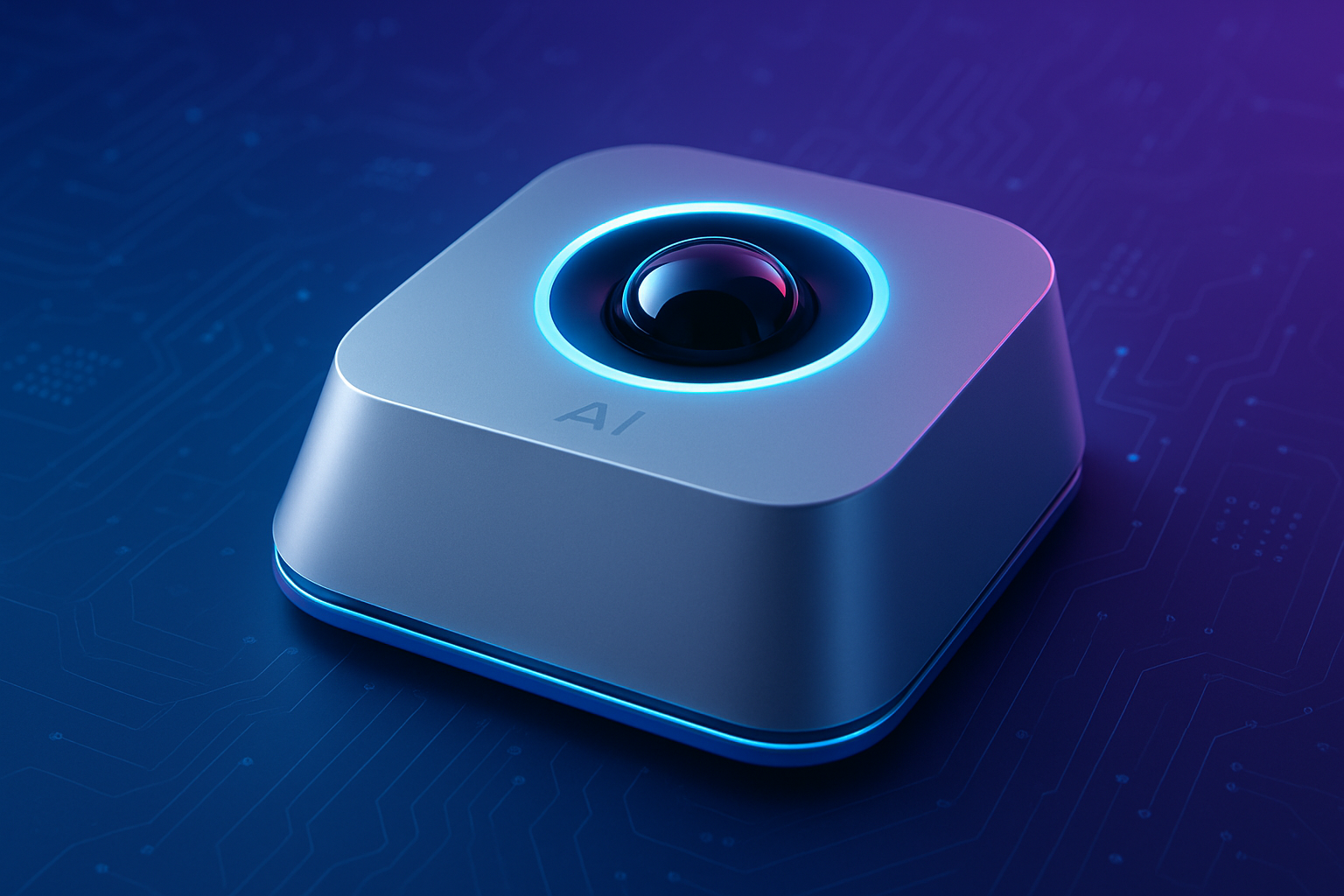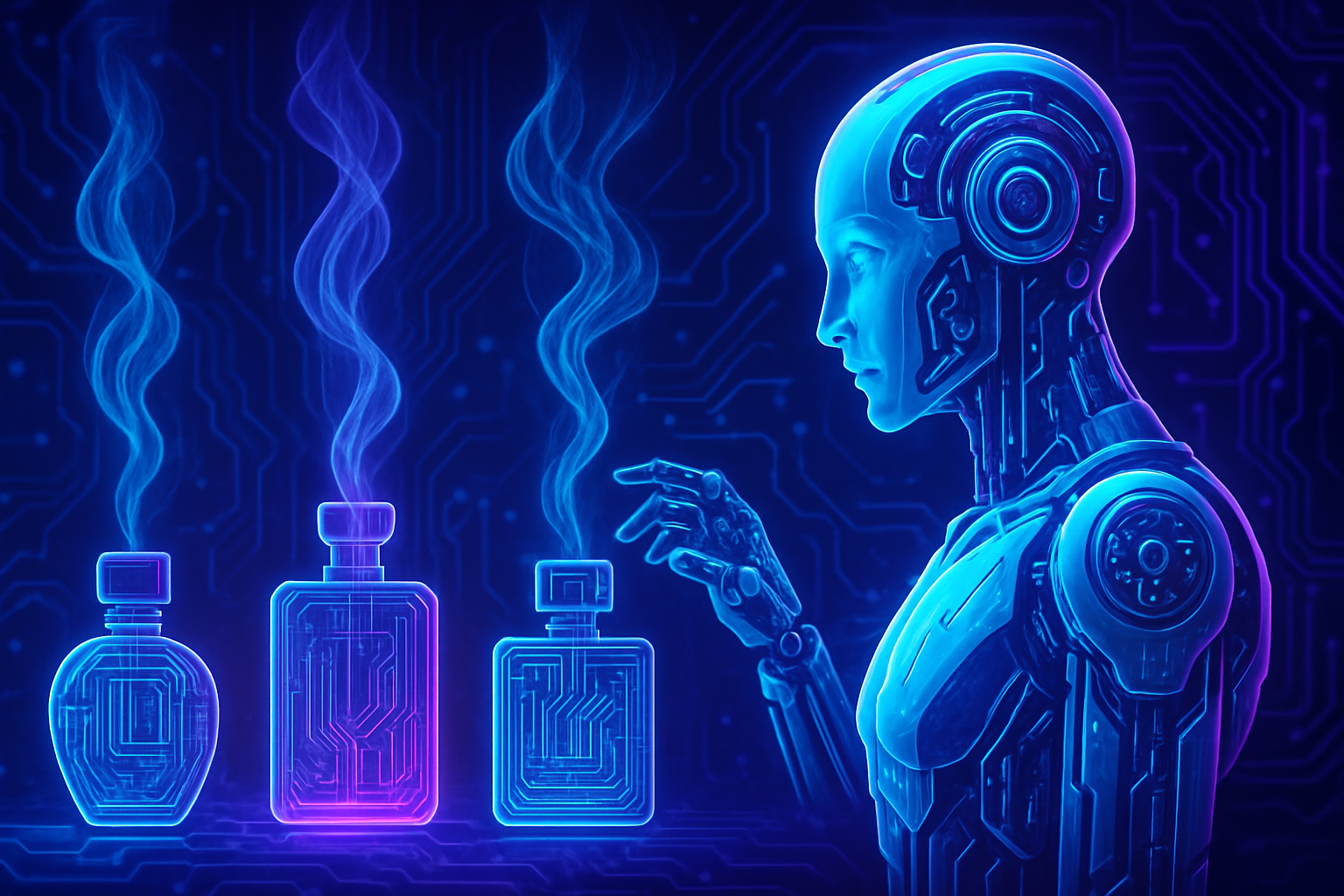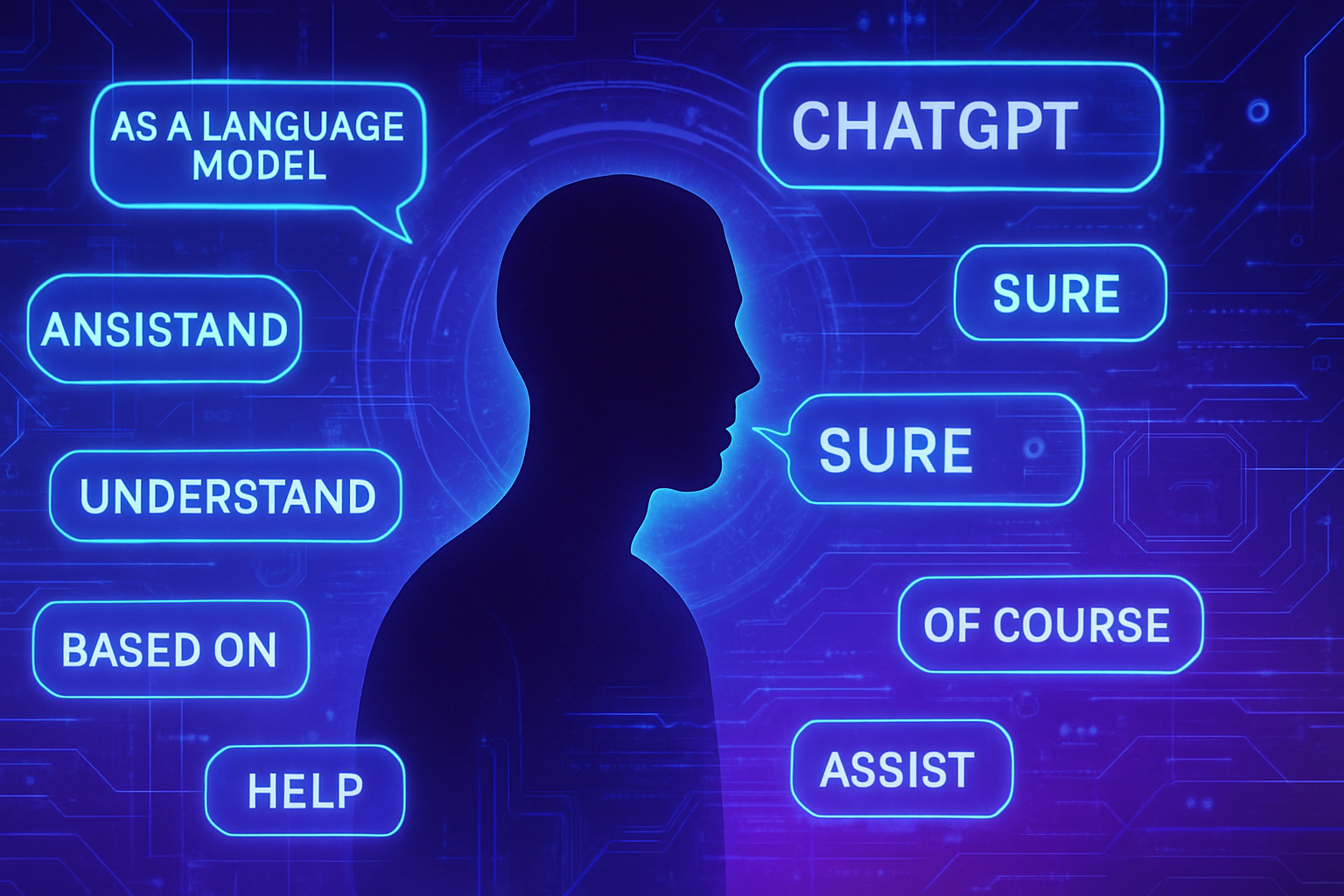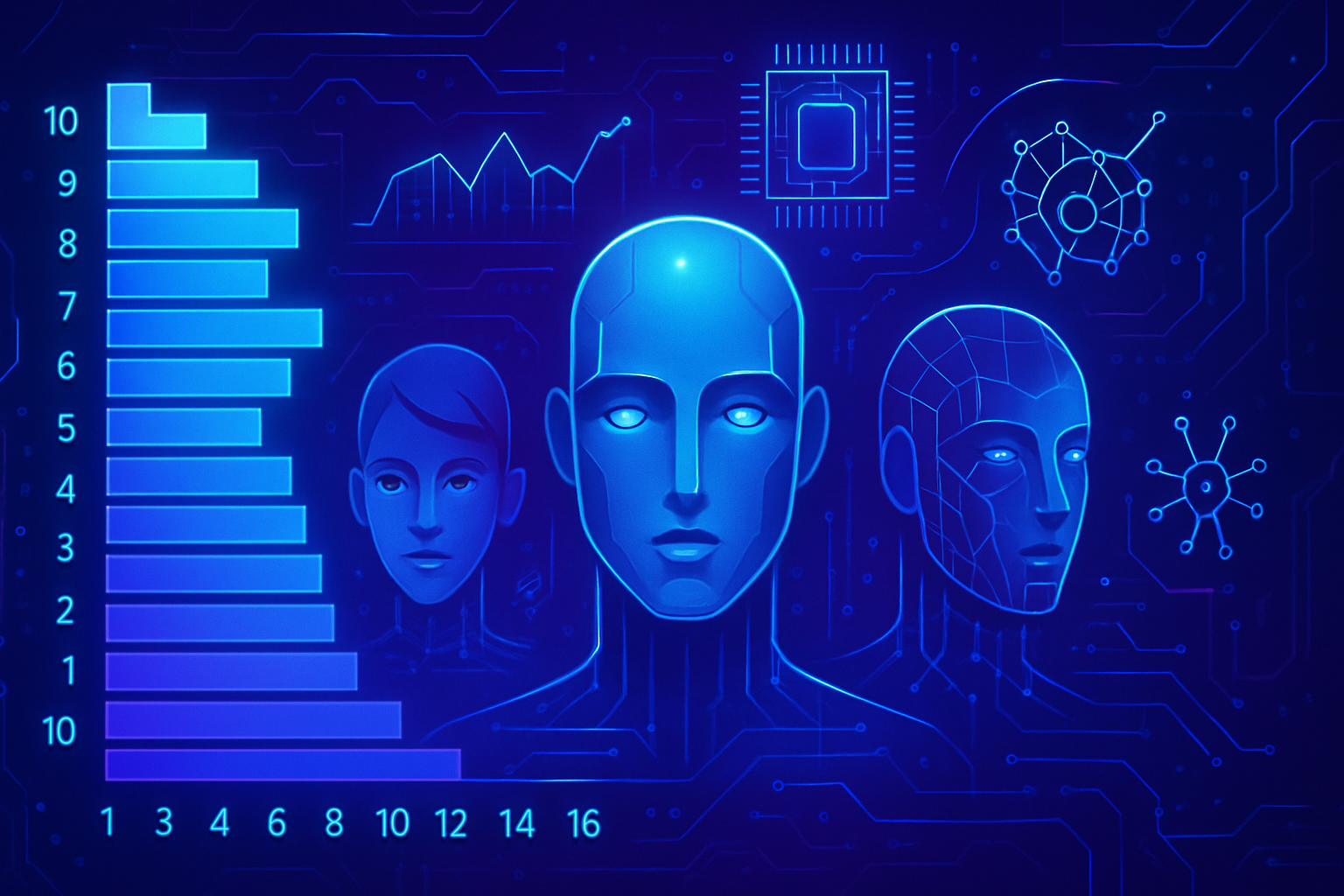The perception of human hands by artificial intelligence systems is a major technological challenge. These limbs, often perceived as mere tools, contain a fascinating complexity that transcends their appearance. Reconstructing hands in 3D revolutionizes our understanding of human-machine interactions. Crucial implications concern the fields of robotics and augmented reality. This advancement can offer new perspectives on the emotional intelligence of machines. By redefining our vision of hands, artificial intelligence is moving towards a promising future where machines and humans will interact in a more intuitive and fluid manner. The challenge lies in the ability to reconstruct these complex forms with unmatched precision while overcoming the obstacles posed by their dynamic nature.
Technological Revolution of Hand Perception
The perception of human hands by artificial intelligence systems represents a complex challenge within the field of computer vision. Reconstructing 3D models of human hands is one of the most arduous challenges, impacting various sectors such as robotics, animation, and augmented reality.
The Hamba Model: An Innovative Approach
Within the Robotics Institute of Carnegie Mellon University, a new approach has emerged with the creation of the Hamba model. This model, presented at the 38th Annual Conference on Neural Information Processing (NeurIPS 2024) in Vancouver, offers an innovative framework for reconstructing hands from a single image, without requiring prior knowledge of the specifications of the camera used.
Methodology and Characteristics of the Model
A distinctive feature of Hamba is its departure from architectures based on transformers. Instead, it relies on a model based on Mamba, introducing a state space modeling. This approach represents the first application of this type for reconstructing articulated 3D shapes.
The model also refines the initial scanning process of Mamba through bidirectional scanning guided by graphs. This exploits the learning capabilities of Graph Neural Networks, allowing Hamba to capture the spatial relationships between the joints of the hand with remarkable precision.
Performance and Results
Hamba demonstrates state-of-the-art performance on benchmarks such as FreiHAND, achieving an average positioning error per vertex of only 5.3 millimeters. This precision highlights its potential for practical applications and classifies Hamba as Rank 1 in two competition rankings for 3D hand reconstruction at the time of its acceptance.
Impact on Human-Machine Interaction
This model has significant implications for human-machine interaction. By facilitating better perception and interpretation of hands by machines, Hamba paves the way for the emergence of General Artificial Intelligence (AGI) systems. These systems could potentially understand human emotions and intentions with greater nuance.
Future and Challenges Ahead
The research group intends to explore the limitations of the model while considering the possibility of reconstructing complete 3D models of the human body from single images. This challenge is of paramount importance, with potential applications across various sectors from healthcare to entertainment.
With its unique combination of technical precision and practical utility, Hamba illustrates the ongoing evolution of artificial intelligence in its quest to redefine human perception. Advancements promise to significantly transform the interactions between humans and technology.
FAQ on the Revolution of Human Hand Perception by Artificial Intelligence Systems
How do artificial intelligence systems improve the recognition of human hands?
Artificial intelligence systems use advanced computer vision models to analyze the movements and shapes of hands. These models rely on machine learning to improve their accuracy in detecting and understanding hand gestures and postures.
What are the practical applications of hand perception by artificial intelligence?
Applications include robotics, where robots can better interact with objects, as well as in augmented and virtual reality, where tactile recognition can enhance the user experience. Other areas include smart prosthetics that react to users’ nerve signals for increased functionality.
What challenges do researchers face in perceiving human hands?
Challenges include the complexity of hand movements, occlusion when hands are holding objects, and the need for high precision in 3D reconstruction of hand shapes for improved machine understanding.
What AI models are used for 3D hand reconstruction?
Models such as Hamba and other approaches based on processing single images are used to reconstruct 3D models of hands from a single view, without requiring prior information about camera specifications or context.
How could this technology transform human-machine interaction?
By allowing for a better understanding of human emotions and intentions, this technology paves the way for more advanced artificial intelligence systems that can react more appropriately to users’ actions, enriching interaction and making machines more intuitive.
What parameters are measured to evaluate the performance of AI systems regarding hand perception?
Performance is evaluated using metrics such as average positional error per vertex in 3D models, processing time, and accuracy of gesture recognition in various contexts.
Are there ethical implications regarding the use of AI to analyze human hands?
Yes, ethical questions include data privacy, user consent for analyzing their movements, and concerns about the exploitation of personal data through AI systems. Transparency and regulations are essential to frame these uses.
What future improvements can be expected in this field?
Upcoming improvements may include better integration between AI systems and human biomechanics, allowing machines to more easily track enhanced human gestures and scenarios, while fostering even more natural interactions.
